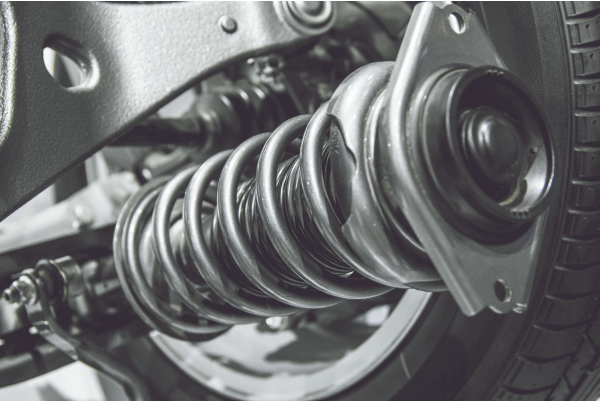Navigating the Choice Between Stainless Steel Shot and Non-Metallic Abrasives
When it comes to treating sensitive surfaces, the choice between stainless steel abrasives and non-metallic abrasives becomes crucial. This comparative analysis evaluates their performance, cost implications, and environmental impacts, guiding professionals towards making informed decisions tailored to their specific needs.
Performance on Sensitive Surfaces













